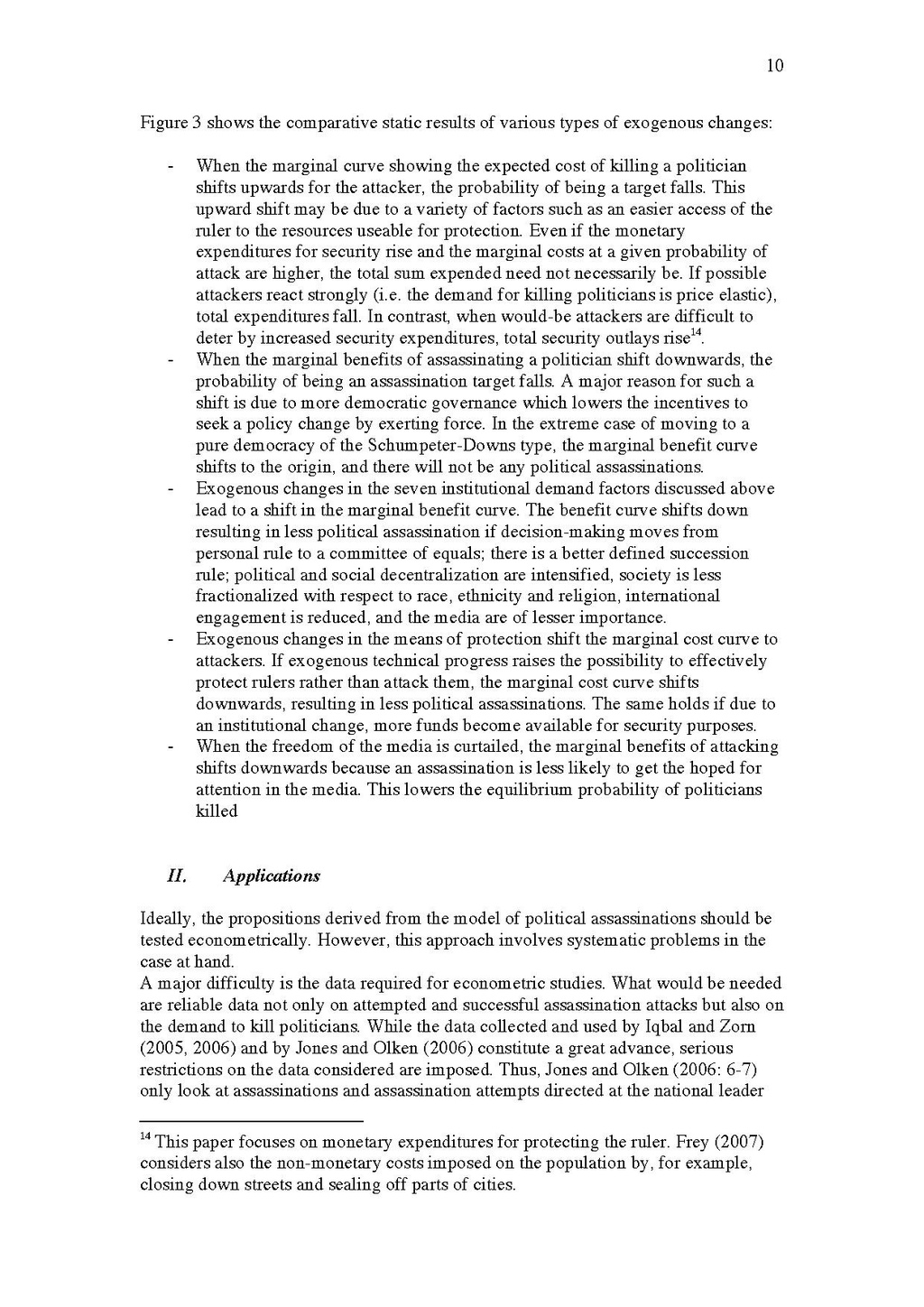Figure 3 shows the comparative static results of various types of exogenous changes:
Ideally, the propositions derived from the model of political assassinations should be
tested econometrically. However, this approach involves systematic problems in the
case at hand.
A major difficulty is the data required for econometric studies. What would be needed
are reliable data not only on attempted and successfUL assassination attacks but also on
the demand to kill politicians. While the data collected and used by Iqbal and Zorn
(2005, 2006) and by Jones and Olken (2006) constitute a great advance, serious
restrictions on the data considered are imposed. Thus, Jones and Olken (2006: 6-7)
only look at assassinations and assassination attempts directed at the national leader
14 This paper focuses on monetary expenditures for protecting the ruler. Frey (2007)
considers also the non-monetary costs imposed on the population by, for example,
closing down streets and sealing off parts of cities.
- When the marginal curve showing the expected cost of killing a politician
shifts upwards for the attacker, the probability of being a target falls. This
upward shift may be due to a variety of factors such as an easier access of the
ruler to the resources useable for protection. Even if the monetary
expenditures for security rise and the marginal costs at a given probability of
attack are higher, the total sum expended need not necessarily be. If possible
attackers react strongly (i.e. the demand for killing politicians is price elastic),
total expenditures fall. In contrast, when would-be attackers are difficult to
deter by increased security expenditures, total security outlays rise14.
- When the marginal benefits of assassinating a politician shift downwards, the
probability of being an assassination target falls. A major reason for such a
shift is due to more democratic governance which lowers the incentives to
seek a policy change by exerting force. In the extreme case of moving to a
pure democracy of the Schumpeter-Downs type, the marginal benefit curve
shifts to the origin, and there will not be any political assassinations.
- Exogenous changes in the seven institutional demand factors discussed above
lead to a shift in the marginal benefit curve. The benefit curve shifts down
resulting in less political assassination if decision-making moves from
personal rule to a committee of equals; there is a better defined succession
rule; political and social decentralization are intensified, society is less
fractionalized with respect to race, ethnicity and religion, international
engagement is reduced, and the media are of lesser importance.
- Exogenous changes in the means of protection shift the marginal cost curve to
attackers. If exogenous technical progress raises the possibility to effectively
protect rulers rather than attack them, the marginal cost curve shifts
downwards, resulting in less political assassinations. The same holds if due to
an institutional change, more funds become available for security purposes.
- When the freedom of the media is curtailed, the marginal benefits of attacking
shifts downwards because an assassination is less likely to get the hoped for
attention in the media. This lowers the equilibrium probability of politicians
killed
II. Applications
